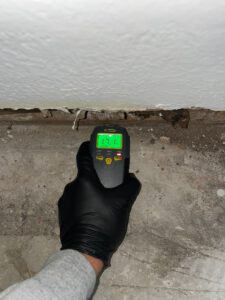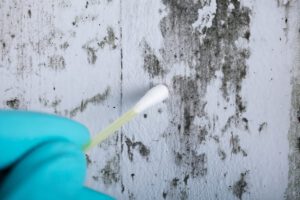
Mold Testing Houston
The Role of Professional Mold Inspections in Home Inspections
When buying or selling a home in Houston, it’s crucial to ensure that the property is in good condition and free from any potential health

When buying or selling a home in Houston, it’s crucial to ensure that the property is in good condition and free from any potential health

As we spend a significant amount of our time indoors, the quality of the air we breathe is paramount to our health and well-being. This
